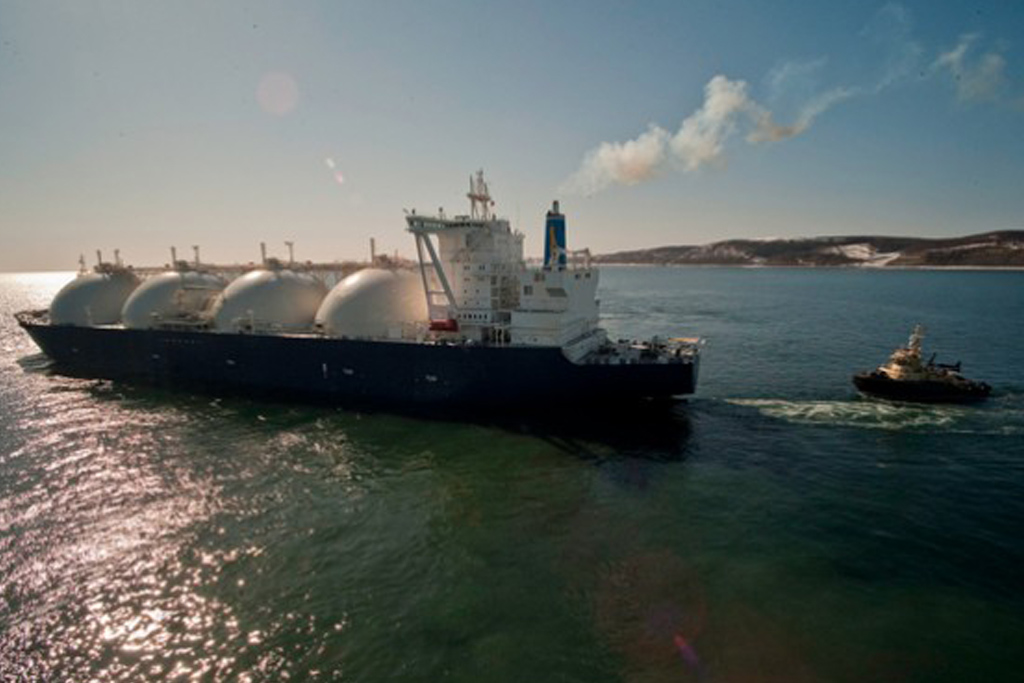
The global fleet of LNG carriers surpassed 400 ships in 2014. This number is anticipated to increase to over 500 in the next five years. The increase in LNG carriers is a direct reaction to the flurry of new LNG exporting projects in Australia and North America. Most of these ships are being built in Asia and a few are being built in Europe. Given the level of activity, shipbuilders are evaluating a number of options to respond to growing demand.
For example, producers of LNG vessels such as Samsung, Hyundai and Daewoo are carefully considering the range of options they have to take advantage of the new need for LNG carriers in the world. A large manufacturer could potentially acquire a small shipbuilder in order to grow immediately in order to match demand. A producer must also consider whether or not they will build completely new ships or revamp old ships. A new ship will be technologically superior and will have a longer operating life, but retrofitting an old ship will take less time than starting from scratch.
Similarly, LNG buyers must also consider their options in order to minimize the cost of getting the natural gas where it needs to be. For example, does a buyer want to own and operate their own fleet or will they contract out the shipping to a third party? Owning and operating their own fleet may be cheaper in the long term, but having large ships as assets on their balance sheets can make their financials look less appealing to investors. Also, any maintenance that would need to be taken care of would need to be handled directly versus letting the shipping company handle it themselves. If a buyer decides to use their own fleet will they purchase the ships outright or will they lease the ships, but operate them themselves? Owning can keep long term costs down but may harm short term balance sheets. India’s Gas Authority of India Limited, which has contracted capacity out of Cheniere’s Sabine Pass terminal in the U.S., was initially planning to purchase its own LNG ships and had also started the bidding process to have the ships built. But due to both shorter term cost implications and other reasons they are now considering to lease their LNG ships instead of buying them.
For buyers interested in shipping LNG from U.S. projects to Asia, the most economical way is through the Panama Canal. Recently, crews have been working on an expansion of the vital shipping channel to accommodate both larger ships and more ships. In total, the expansion will double the current capacity of the Panama Canal. The expansion is set to be done by 2016. This is good news for the LNG industry. Larger capacity of the Panama Canal means a few things. First, the channels will be larger allowing for ships to increase in size and take advantage of larger LNG capacity vessels. Second, the larger capacity will decrease the amount of time a ship will have to wait to get through the Panama Canal, decreasing the time it takes to get from the Gulf Coast to Asia and vice versa.
With global demand outpacing supply for LNG vessels, shipbuilders can gain an edge by increasing the size of the ships they produce in order to take advantage of economies of scale. Also, developing more advanced carriers that use boil off fuel more efficiently could reduce the cost of shipping LNG around the world. These increases in ship size and advancements in technology are examples of how the LNG supply chain is responding to increased supply from Australian and U.S. projects.
-Tyler Wilson and Uday Turaga




















